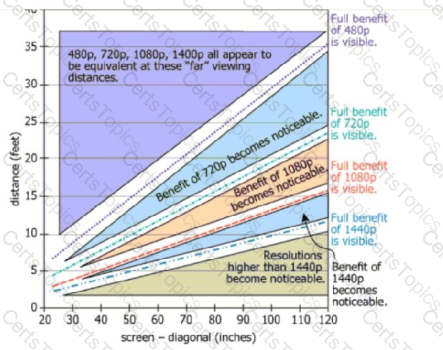Sales promotions can involve selling a product at a relatively low price or selling the product with a free (or seemingly free) unit of the product, as in "buy one, get one free" campaigns. Research shows that immediately following month-long sales promotions, a postpromotion dip may occur, i.e., sales for the following calendar month may be less than sales for the calendar month preceding the sales promotion.
To increase sales, Storex, a department store, held month-long sales campaigns to promote four of its products. A sales promotion was considered successful if unit sales of the product were at least 10% higher in each of the 2 calendar months immediately following the promotion than In the month preceding it.
Experts have offered explanations for postpromotion dip:
• Explanation I: Many consumers stockpile the product at relatively low cost during the sales promotion.
• Explanation II: "Buy one, get one free" promotions cause some consumers to undervalue the product, making them less likely to buy it following the sales promotion.
• Explanation HI: Many consumers who missed a "buy one, get one free" opportunity may, as a result, develop so-called inaction inertia, i.e., become less likely to buy the product at either the regular or even at a discount price than if the sales promotion had not occurred.

Which one of the following is most strongly supported by the sales data, given the other Information provided?
Suppose that m and n are two positive integers such that m< n, their least common multiple is 294, and their greatest common divisor is 7. In the table, select a value for m and a value for n that are jointly consistent with the given information. Make only two selections, one in each column.


Television picture quality improves as resolution increases. However, the resolution at which a given improvement in resolution becomes visible varies with the distance of
the viewer from the screen. As a viewer moves closer to the screen, a given improvement in resolution eventually becomes noticeable, finally conferring its “full benefit” at
a point at which moving closer would not improve the viewing experience.
On the graph, 480p, 720p, 1080p, and 1440p represent four common degrees of resolution: greater numbers indicate greater numbers of pixels on the screen and thus
greater resolution. Shaded portions show the distances at which these resolutions become noticeable, while the broken lines show the maximum distances at which a
viewer with normal eyesight would be expected to experience full benefit—all as a function of screen size. For each resolution and screen size shown, there is a small gap
between the maximum distance for full benefit from the resolution and the minimum distance for noticeable benefit from the next higher resolution.
(Note: 3 feet is roughly 1 meter, and 1 inch is roughly 2.5 centimeters.)
Assuming that the information contained in the graphic correctly applies to all viewers, select from the drop-down menus the options making the statements most
accurate.

Welleby’s Plan
The water In the underground water table beneath the town of Welleby is moderately saline— 20,000millkjrarns of salt per liter of water (mg/L), or roughly half as saline as ocean water. To lower the level of the water table and thus prevent agricultural land from being inundated with salt water, the town plans to pump water from the table at a rate of 450kiloliters per day (kL/day) into a large shallow pond, allowing much of the water to evaporate. The town plans to divert 10percent of the water pumped from the water table to supplement Us supply of drinking water, which Is currently piped In from great distances. Due to the water's supply, the town intends to construct a desalination plant to treat the diverted water for use as drinking water.
Desalination Types

Comparison
Welleby is deciding among the following three desalination methods.
Reverse Osmosis (RO): Water Is pushed through a membrane, leaving salts behind. RO systems can handle a large range of water flow rates and use relatively little energy. However, RO membranes are expensive and must be replaced every 2 to 5 years. There is also a possibility that bacteria can grow on the membrane. Introducing tastes and odors Into the desalinated water.
Multi-Effect Distillation (MED): Saline water Is heated to produce water vapor, from which Is condensed potable fresh water. This process requires large amounts of energy, regardless of the salinity of the source water. It becomes more cost effective as water volumes increase.
Electrodialysis (ED): Electricity is used to selectively move salts through a membrane. Consumption of energy Is directly proportional to the salinity of the water to be treated, so with higher salinities the process rapidly becomes more costly than other methods. ED membranes need to be replaced every 7 to 10years.
Based on the information provided, which one of the following benefits to Welleby is most likely to result from Its building a desalination plant?